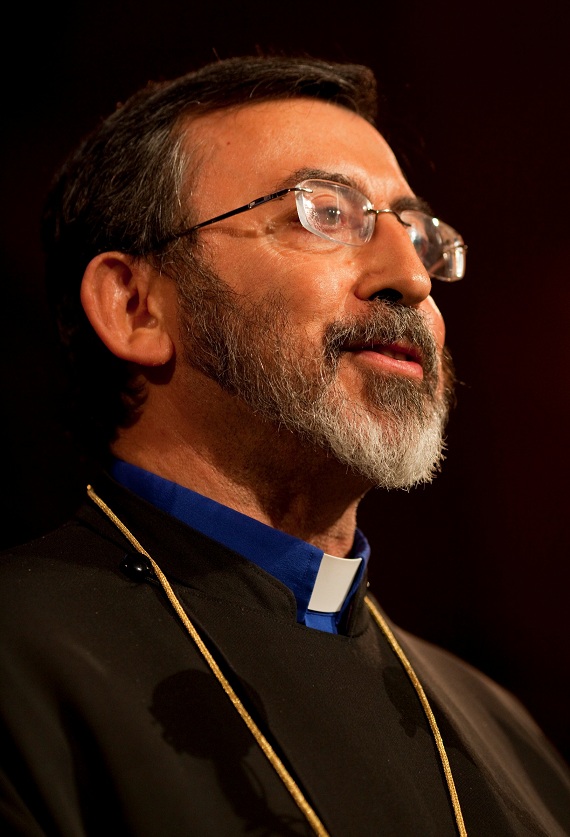| Titre : | The Calendar of the Armenian church / auteur(s) : Archbishop Khajag BARSAMIAN - |
|---|
| Editeur : | St Vartan Press |
|---|
| Année : | 1995 |
|---|
| Imprimeur/Fabricant : | St Vartan Press |
|---|
| Description : | 15,5 x 23 cm, 100 pages |
|---|
| Collection : | |
|---|
| Notes : | |
|---|
| Autres auteurs : | |
|---|
| Sujets : | Armenian Liturgy |
|---|
| ISBN : | |
|---|
| Lecture On-line : | non disponible |
|---|
Commentaire :Historical Background
Armenia's national literature provides a wealth of information about the introduction of Christianity there. Armenian sources trace the history of Christianity in Armenia back to the time of the Apostles, when Sts. Thaddeus and Bartholomew came and preached the Gospel.1 It was, however, in A.D. 301 (or, as some scholars insist, in 289),2 when St. Gregory the Illuminator baptized the king of Armenia, Trdat (Tiridates) III, that Armenia became the first kingdom in history to adopt Christianity as the official religion of both the state and the people.
In the history of the Armenian liturgy one can distinguish five significant influences, coming from Syria, Cappadocia, Jerusalem, Constantinople, and the Latin West.
There was probably a strong Syriac influence in Armenia by the early days of Christianity.3 Armenia Major was located outside the borders of the Roman Empire, and Armenians were closer to the ancient Christian centers of Edessa and Nisibis and the region of Adiabene in northern Mesopotamia than to the cultural centers of the Greco-Roman world. It is from these centers of Syriac culture that Armenia drew its first Christian influence. The fifth-century Armenian historian Lazar Parpeci (c. 437-C.500) tells of the Armenian translators "who, with numerous provisions and far journeys, and long wanderings, were spending their time in schools of Syriac knowledge. In the monasteries and the churches of the Armenian people, they were performing the duty of preaching, and reading from the Scriptures in the Syriac language" (.History, Bk.I, 10).4
Cappadocian-Greek influence made itself felt in Armenia in the fourth century. St. Gregory the Illuminator was educated in Caesarea in Cappadocia and later was ordained a bishop by the Archbishop of Caesarea, Leontius. Gradually the works of the three Cappadocian Fathers, St. Basil the Great, Bishop of Caesarea in Cappadocia, St. Gregory, Bishop of Nazianzus, and Saint Gregory, Bishop of Nyssa, played a formative role in the development of the Armenian Church. This Byzantine influence increased after the peace treaty of 387, which ratified the existence of two Armenian kingdoms, under Byzantine and Sassanian suzerainty. Constantinople's political and ecclesiastical strength during the period from the ninth to the thirteenth centuries was a factor in the great influence its religious culture exerted in Armenia.5
The last Armenian kingdom, established at the end of the eleventh century, endured until 1375. During this period Armenia was closely linked with the West because of the Crusades. Political connections with the Latin Kingdoms were won, at the expense of the Armenian Church, through theological and liturgical concessions to Latin views and practices.6
These political orientations brought about various cultural and religious changes in Armenia. They help to explain the numerous levels of Syriac, Greek, and Latin influence in the liturgy of the Armenian Church.
The study of the Armenian Calendar demonstrates that there was another significant influence in Armenia during the fifth century—Jerusalem. In the following pages we shall attempt to outline the present-day Armenian liturgical year and the origins of the Armenian lectionary. |

